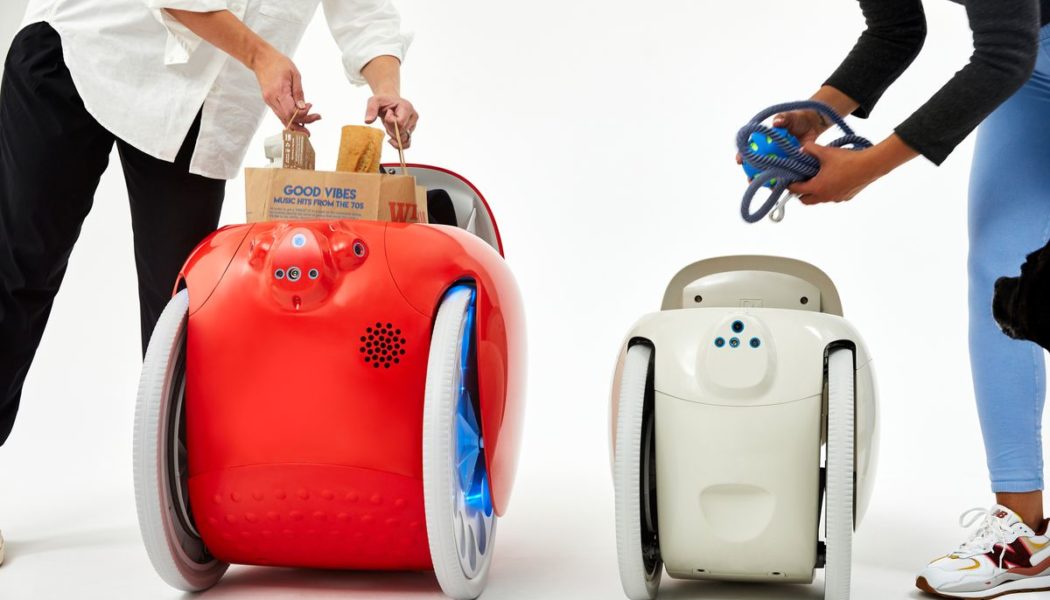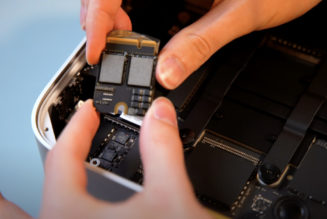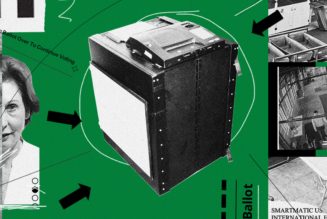Piaggio Fast Forward, a subsidiary of storied Italian automotive firm Piaggio, has launched its second robot, a compact version of its cargo-carrying bot Gita named Gitamini.
The form and function of Gitamini remain the same as that of full-sized Gita (the name is Italian for a small trip or outing). The robot consists of two large wheels, a central trunk, and a machine vision system that it uses to identify and follow its owner. Gitamini weighs 28 pounds and can carry up to 20 pounds in its interior for 21 miles. That makes an interesting comparison to Gita, which can carry more — 40 pounds but only for 12 miles.
Gitamini uses an array of cameras and sensors, including radar (not available for the original Gita), to navigate and follow its user. To activate this follow mode, you simply stand in front of the Gitamini and tap a pairing button. The robot will then lock on to you using vision only (no GPS or Bluetooth are utilized) and will follow you at speeds of up to 6mph.
:no_upscale()/cdn.vox-cdn.com/uploads/chorus_asset/file/22867230/459_GitaStudio_Lifestyles_31_edit.jpg)
The robot’s trunk can be locked and its follow mode disabled, but there are no active theft mitigation features. When asked about this, Piaggio Fast Forward’s CEO Greg Lynn told The Verge that it was “unlikely someone could get away with walking away with it unnoticed” as it’s such a noticeable object. “A stolen Gita isn’t of much use to anyone as it uses a secure connection to a phone to be unlocked, updated, and used,” says Lynn. “We have yet to learn of a Gita being stolen or broken into while being used or when parked.”
The Gita has always been a bit of an odd product. It certainly looks fantastic, and videos suggest it works more or less as advertised (though it’s noisier than you might expect). But it’s not clear exactly who’s going to spend thousands of dollars on something that only carries a few bags and is stymied by steps and stairs. Gitamini doesn’t change any of these basic annoyances, though it is at least a little cheaper — it costs $1,850 (and will be available to buy from October 15th at mygita.com) while the launch sees the price of the original Gita drop to $2,950.
When we asked CEO Greg Lynn about the robot, he declined to share any sales figures with us but said there were Gita robots operating in “half the states in the US […] with a focus on the Southern belt where outdoor weather is more friendly year-round.”
“Most of the consumer Gitas are being used to replace car trips for neighborhood errands in a variety of communities, and they are used outdoors for round trips of a mile or more,” said Lynn. Though, he noted that the company had some business customers, too. There are currently Gitas in eight airports in the US (including JFK and LAX) and a number more in planned communities, like Water Street Tampa in Florida and Ontario Ranch in California.








